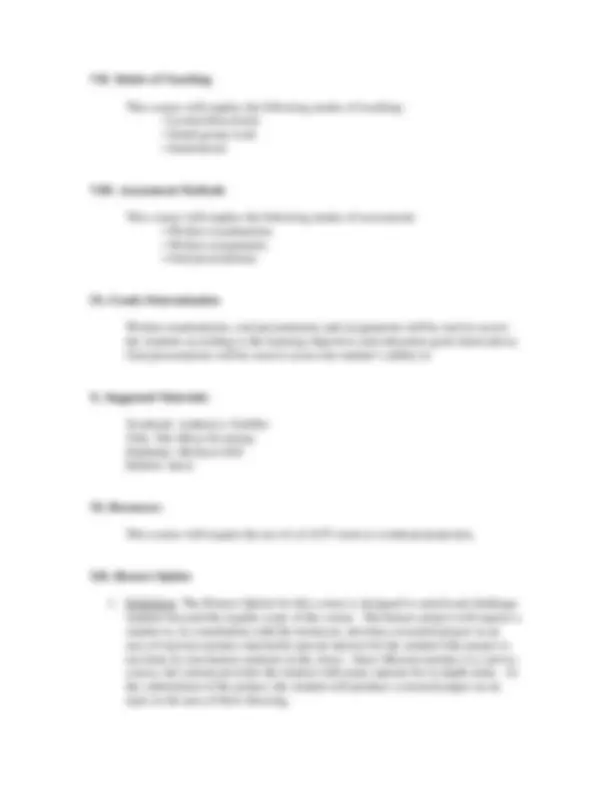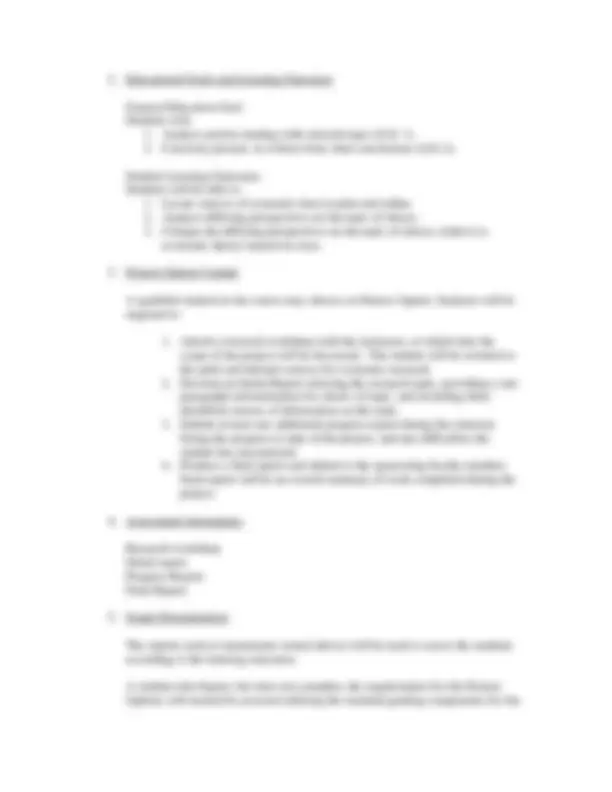





Study with the several resources on Docsity

Earn points by helping other students or get them with a premium plan


Prepare for your exams
Study with the several resources on Docsity

Earn points to download
Earn points by helping other students or get them with a premium plan
Community
Ask the community for help and clear up your study doubts
Discover the best universities in your country according to Docsity users
Free resources
Download our free guides on studying techniques, anxiety management strategies, and thesis advice from Docsity tutors
An outline of the microeconomics course (econ-102) offered at raritan valley community college. The course covers consumer theory, elasticity of demand, economic costs, profit maximization, market structures, and international economics. Students will learn to apply marginal utility theory, understand price elasticity of demand, and identify the differences between total, average, and marginal costs. The course goals include critical thinking, effective communication, ethical analysis, and quantitative reasoning. Assessment methods include written examinations, written assignments, and oral presentations.
Typology: Lab Reports
1 / 5

This page cannot be seen from the preview
Don't miss anything!




Microeconomics ECON 102 Course Outline
I. Basic Course Information
A. Date: May 2004 B. Course Prefix and Title: ECON-102 Microeconomics C. Sponsoring Department: Business and Public Service D. Semester Credit Hours: 3 E. Weekly Contact Hours: 3 Lecture 3 Laboratory 0 F. Prerequisites: Econ 101 Macroeconomics G. Laboratory Fees: None
II. Catalog Description
Prerequisite: Econ 101 Macroeconomics. Microeconomics investigates the economy from the perspective of individual players in the market. Individual consumer behavior is examined to determine how individual demand decisions are made. Business behavior is examined to determine how individual decisions are made under various market structures. The course also explores the issues of marginal analysis, elasticity of demand, profit maximization and cost analysis. Extensive use of graphs to analyze various issues should be expected.
III. Statement of Course Need
This course is an essential element in a complete program to provide a student with the minimum business skills and theoretical background in order to function effectively as a responsible citizen and productive member of society.
IV. Place of Course in College Curriculum
This course is a requirement in the following degree programs:
V. Course Outline
VI. Education Goals and Learning Outcomes
General Education Goals Students will:
Student Learning Outcomes Students will be able to:
General Education Goal Students will:
Student Learning Outcomes Students will be able to:
A qualified student in the course may choose an Honors Option. Students will be required to:
Research workshop Initial report Progress Report Final Report
The reports used as instruments (noted above) will be used to assess the students according to the learning outcomes.
A student who begins, but does not complete, the requirements for the Honors Options will instead be assessed utilizing the standard grading components for the
non-Honors Option version of the course, and receive a grade for the standard course.